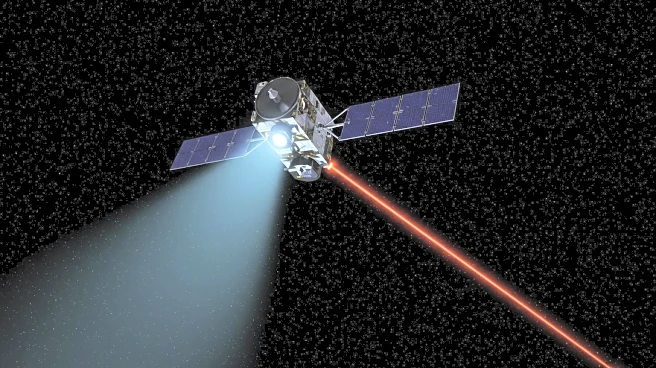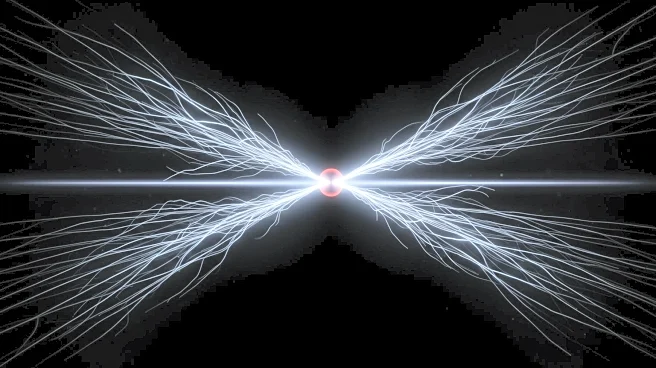Rapid Read • 8 min read
The U.S. Defense Advanced Research Projects Agency (DARPA) has launched a new initiative aimed at enhancing the security of communication networks, including the internet, through quantum technology. The program, known as Quantum-Augmented Network (QuANET), seeks to integrate quantum devices and particles into existing networks to improve their security. Quantum networks are known for their ability to securely transmit information via particles' quantum states, which cannot be copied surreptitiously due to the principles of quantum physics. Despite the challenges in building a fully quantum internet, DARPA is focusing on identifying practical quantum enhancements that can be implemented in the near term. The QuANET team recently demonstrated the transmission of images using light in a quantum state, achieving bit rates sufficient for streaming high-definition video.
AD
The initiative by DARPA represents a significant step towards securing communication networks against potential cyber threats. Quantum technology offers a level of security that traditional networks cannot match, as quantum states are inherently resistant to eavesdropping and tampering. This development could have profound implications for industries reliant on secure communications, such as finance, healthcare, and national security. By integrating quantum technology into existing networks, DARPA aims to provide a more secure communication infrastructure without the need for a complete overhaul. This approach could lead to advancements in cybersecurity, protecting sensitive data from increasingly sophisticated cyber attacks.
The QuANET program will continue to explore various quantum enhancements, including hyperentanglement and quantum-like properties, to determine their effectiveness in securing communication networks. Researchers are also developing a quantum network interface card that can be integrated into existing devices to enable quantum signal transmission. As the program progresses, DARPA will work with quantum physicists, electrical engineers, and network specialists to address open questions about the practical deployment of quantum technology in network design. The ultimate goal is to create a system where users can switch to a 'quantum mode' for ultra-secure communications, leveraging quantum technology without needing to understand its complexities.
The integration of quantum technology into communication networks raises ethical and legal considerations, particularly regarding privacy and data protection. As quantum networks become more prevalent, there may be a need to update regulations and standards to ensure that the technology is used responsibly and does not infringe on individual rights. Additionally, the long-term impact of quantum technology on global communication infrastructure could lead to shifts in power dynamics, as countries and organizations with advanced quantum capabilities gain a strategic advantage.
AD
More Stories You Might Enjoy










